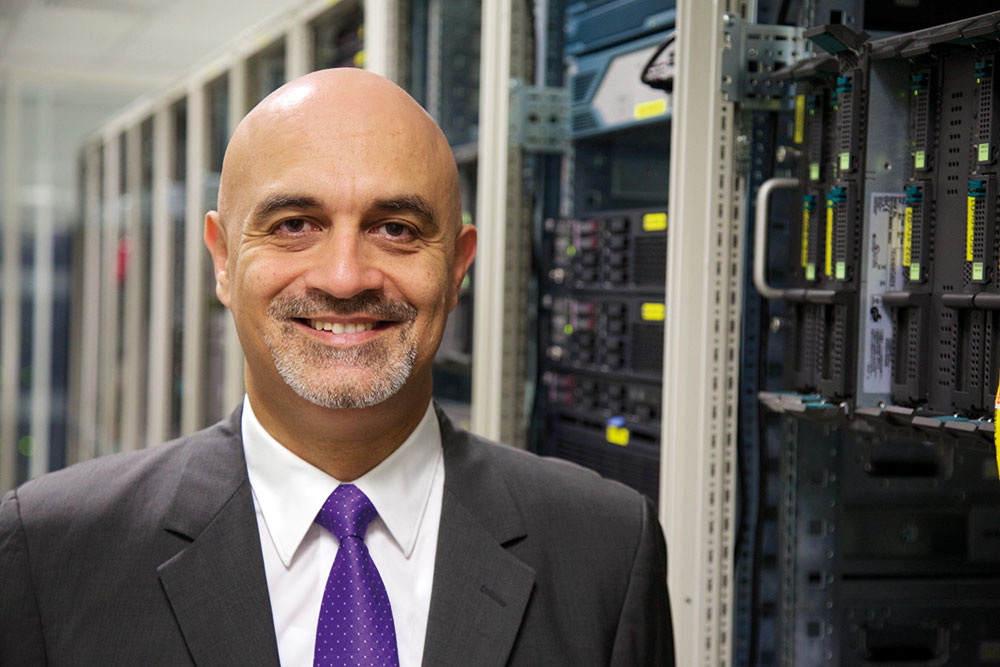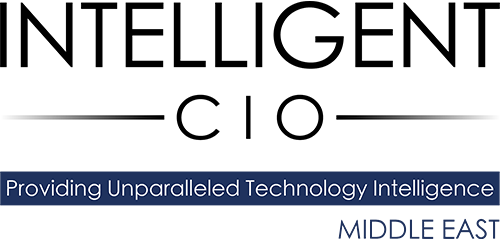Aware of the increased usage and importance of datacentres in today’s business environment, planning and designing strategies are key to their efficiency, says Yasser Zeineldin, CEO, eHosting DataFort (eHDF).
In the last 12 months, eHDF has worked towards enhancing its datacentre and has invested more than AED20 million in its T3 datacentre upgrades. These investments were strategically implemented to tackle the future demand for datacentre usage in the Middle East, which is witnessing continued growth. The investments will also enhance and widen the portfolio of services offered.
Conscious of the increase in the managed and datacentre service markets in the UAE, eHDF has charted out a strong plan to strengthen its datacentres in Dubai. Focusing on efficiency and cooling, this has greatly affected energy management, taking eHDF a step closer to becoming a sustainable green datacentre. By adopting cooling best practices, the company has gained the following benefits:
- Better reliability of IT equipment
- Increased cooling unit efficiency
- Increased cooling unit capacity
- Reduced operating expenses
Components spearheading this movement
Cold aisle containment and demand-based cooling are the two main factors that help in saving electrical power consumption. There has been a replacement of cooling units with the latest features such as a dynamic compressor, demand-based cooling and the use of an environmentally friendly refrigerant. The essence lies in the amount of electricity saved, which equates to a reduction in carbon footprint which is, of course, a tremendous help to the environment.
The dynamic compressor provides efficient electricity usage entirely based on load factors and demand, rather than operating in a continuous manner where there was unwanted usage. Similarly, another significant aspect to the changes is the introduction of more environmentally friendly refrigerants, which cool the datacentre more competently.
Power Usage Effectiveness
Lowering Power Usage Effectiveness (PUE) is another feature the datacentre aims to achieve through improved cooling, hot aisle–cold aisle segregation, overhead structured cabling and air containments. It also acts as a critical metric in measuring the datacentre’s efficiency in power usage as well as the usage in computing equipment in contrast to cooling and other overheads.
Cold aisle containment in the colocation space is planned and in progress to ensure further energy saving measures. Here, a chamber is created for cold air that suppresses escape from the given space and has ensured usage before it returns to the unit base. This containment will help in saving the environment by an additional 20-30%.
eHDF’s investment in Dynamic CCU configuration is the self-regulation of pumping air where automatic detection is possible. All components work efficiently, helping the uniform distribution of supply and return air, thereby making an efficient cooling system. A reduction of power usage eventually helps to provide competitive pricing to customers.
These efforts will help eHDF to optimise, improve and take intelligent decisions to garner energy efficiencies. The company will continue its efforts in measuring and monitoring the efficiencies and has set targets to keep the PUE as low as possible by using state-of-the-art technologies.
Raised flooring
The datacentre, which spans 1,000+ square metres of white space, received new raised flooring, which was incorporated for better cooling efficiency. Raised flooring ensures robust performance. Flexible power feeds under the raised flooring leading to uniform and unhindered air flow, directly impacting the temperature and affecting cooling.
In addition, the range of upgrades include the deployment of Cisco Application-Centric Infrastructure (ACI) that will strengthen eHDF’s delivery of a much faster and more agile service while reducing administrative complexity and infrastructure costs. Simultaneously, laying of overhead cable trays for data cables in two layers, one for copper and another for the fibre-optic cable, was carried out. To supplement existing backup power, higher and more effective battery replacements were made with additional run-out testing.
While following international standards, eHDF has always focused on providing customers with a high quality of service, reliability, availability and assurance of Service Level Agreements (SLAs).
Working towards the company’s goals of becoming more environmentally friendly, investments were also made in a non-hazardous and non-toxic nitrogen-based fire suppression technology for the new facility.
eHDF has invested in a Building Management system (BMS) that helps monitor and maintain the new datacentre’s equipment and systems. This allows the company to effectively manage and measure the power usage, enabling customers to plan their infrastructure based on the same.
The upgraded datacentre will continue to deliver world-class solutions in accordance with Middle East requirements.
Click below to share this article

